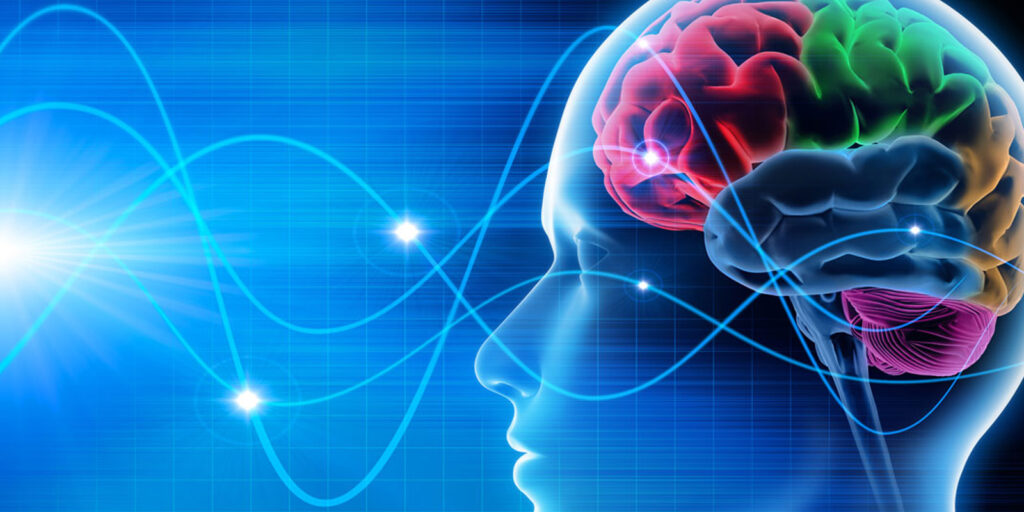
Introduction
Flaccid paralysis, a condition resulting from peripheral nervous system damage, can be a daunting diagnosis. It can stem from various causes, such as spinal cord injuries or nerve damage, severely impacting muscle tone and voluntary movement. Traditional physiotherapy has played a vital role in managing flaccid paralysis, but recent advancements in the field offer new, innovative treatments that hold the promise of restoring strength and mobility.
Understanding Flaccid Paralysis
Flaccid paralysis emerges when damaged or disrupted motor neurons fail to transmit signals from the brain to muscles. This disruption leads to muscle inactivity, weakness, and reflex loss, with the extent of damage dictating the impact. Patients often struggle with daily tasks, muscle mass reduction, and the risk of joint contractures due to immobility.
Conventional Physiotherapy Approaches
Traditional physiotherapy primarily focuses on preserving joint mobility, preventing muscle atrophy, and enhancing circulation. Methods like range of motion exercises and gentle mobilization aim to maintain muscle and tendon flexibility. Yet, these methods sometimes fall short in addressing underlying neural damage. This has spurred a quest for advanced techniques that directly target neuroplasticity—the brain’s capacity to adapt in response to injury.
Neuroplasticity and Advanced Physiotherapy
Modern physiotherapy for flaccid paralysis hinges on neuroplasticity—a beacon of hope signifying the brain’s ability to forge new neural pathways, allowing patients to regain lost functions.
- Functional Electrical Stimulation (FES):
- FES applies electrical currents to paralyzed muscles, preventing atrophy and reactivating neural pathways. It aids in walking, gripping, and bladder control, enabling patients to regain control and improve their quality of life.
- Task-Specific Training:
- This therapy involves repetitive practice of meaningful activities, such as reaching or standing. By fostering new neural connections, it helps patients regain lost movements.
- Virtual Reality (VR) and Gaming:
- Integrating VR and gaming into physiotherapy makes rehabilitation engaging and motivating. Immersive environments encourage patients to undertake tasks they deemed impossible, stimulating the brain and promoting motor relearning.
- Constraint-Induced Movement Therapy (CIMT):
- CIMT restrains the unaffected limb while intensively training the affected limb. By challenging the brain to adapt, it promotes functional recovery.
- Neuromuscular Electrical Stimulation (NMES):
- NMES targets specific muscles with controlled electrical impulses, preventing atrophy and supporting functional re-education.
Conclusion
While these advanced techniques offer promising results, recovery from flaccid paralysis is complex and varies from person to person. Success hinges on factors like paralysis severity, patient commitment, and therapist expertise. With evolving technology and a deeper understanding of neuroplasticity, the potential for innovative flaccid paralysis treatments remains vast. Advanced physiotherapy kindles hope, not only averting complications but also leveraging the brain’s remarkable capacity to heal and adapt.
“At Arunalaya Healthcare, we pride ourselves on being the best physiotherapy center in Delhi. Our dedicated team of experts offers top-notch physiotherapy treatment tailored to your needs. Experience the difference with the leading physiotherapy clinic in Delhi area. Our commitment to excellence ensures that you receive the best physiotherapy care possible. Trust Arunalaya Healthcare for the best physiotherapy treatment in Delhi. Our advanced physiotherapy solutions set us apart as the premier choice for your rehabilitation needs. When it comes to physiotherapy, our center stands out as the best in Delhi. Choose Arunalaya Healthcare for comprehensive physiotherapy solutions that deliver results. Visit Arunalaya Healthcare today and discover why we are the best physiotherapy center in Delhi.”
